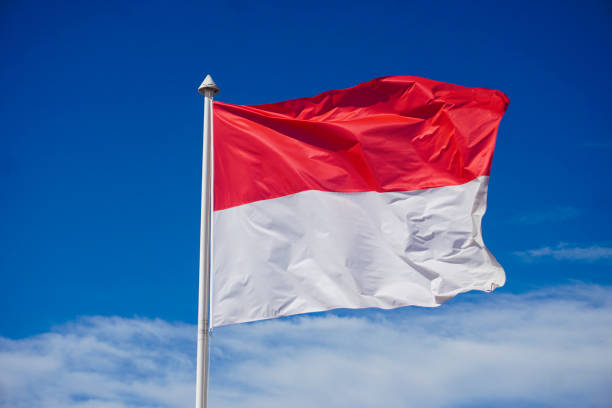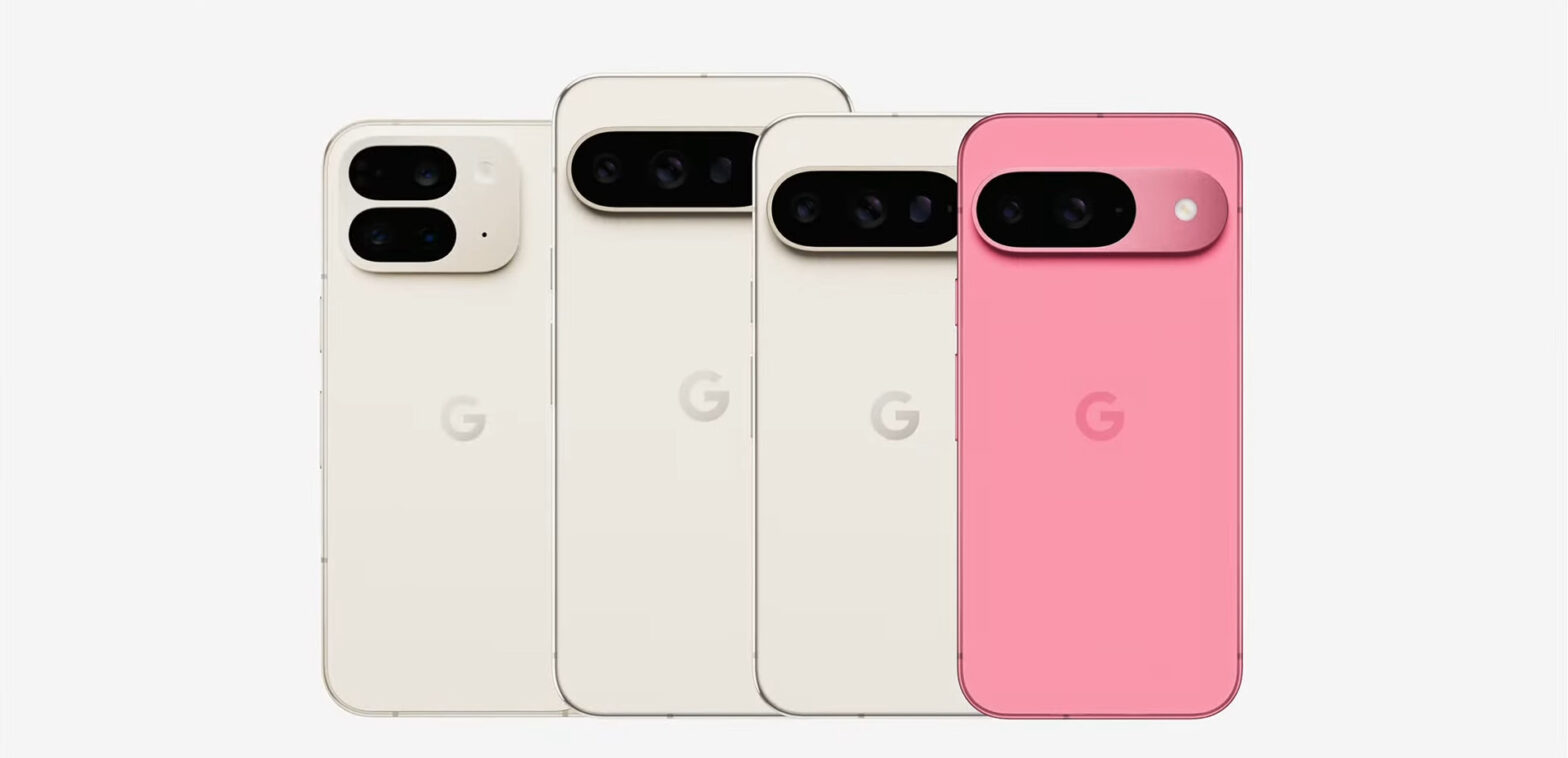In a significant move aimed at bolstering local manufacturing, Indonesia has announced a ban on Google’s Pixel phones just days after blocking sales of Apple’s iPhone 16. Both bans stem from the government’s enforcement of local content regulations, which mandate that at least 40% of a smartphone’s components be sourced from within Indonesia. This regulation is part of Indonesia’s strategy to drive foreign tech companies to invest in the local economy, fostering job creation and encouraging technological innovation.
Background

The Indonesian government’s local content rule is designed to promote economic growth by requiring foreign companies to either manufacture components locally or invest in research and development. According to Reuters, Google’s Pixel phones failed to meet these standards, prompting the ban. This mirrors a recent decision regarding Apple’s iPhone 16, which was similarly blocked for not complying with the regulation despite Apple’s previous investment commitments in the country.
Febri Hendri Antoni Arief, a spokesperson for Indonesia’s Industry Ministry, explained, “We are pushing these rules so that there’s fairness for all investors in Indonesia. Google’s products have not adhered to the scheme we set, so they can’t be sold here.” Currently, Google does not officially distribute its Pixel phones in Indonesia, which means consumers primarily rely on imports or third-party sellers.
Economic Impact and Market Shifts
The bans on iPhone and Pixel devices could significantly reshape Indonesia’s smartphone market. Local brands like OPPO and Samsung are poised to benefit, as they have established manufacturing operations that comply with Indonesia’s 40% local content requirement. The absence of Google and Apple from the official market may allow these brands to capture more market share, especially among price-sensitive consumers who may be deterred by the added cost of import taxes on banned devices.

A report from IDC in the first quarter of 2024 showed that Chinese brand OPPO and South Korea’s Samsung already lead Indonesia’s smartphone market. With these bans, local brands may further solidify their dominance, taking advantage of the gap left by Google and Apple. Some experts argue that this policy is a form of “pseudo-protectionism,” which could harm consumer choice and limit access to popular international devices. Bhima Yudhistira, Director at the Center of Economic and Law Studies, noted that “This creates a negative sentiment for investors looking to enter Indonesia.”
Challenges for Google and Apple in Meeting Local Content Requirements
Both Google and Apple face substantial challenges in adapting to Indonesia’s local content rule. Building local manufacturing infrastructure requires significant investment, which involves not only sourcing components locally but also navigating regulatory standards. The lack of a robust local supply chain for high-tech components in Indonesia further complicates efforts to meet the government’s criteria.
Apple previously pledged to invest over 1.71 trillion rupiah in the country, with reports indicating that 1.48 trillion has been spent. However, this amount has not fully met the government’s requirement to secure the necessary certifications, leaving Apple in regulatory limbo.
For Google, which has yet to establish a significant presence in Indonesia, the challenge lies in setting up partnerships with local suppliers to meet local content requirements. Without such alliances, both tech giants may struggle to re-enter the market, potentially losing substantial ground to competitors like OPPO and Samsung.
Potential Impact on Consumer Behavior

Indonesia’s bans on popular devices may also shift consumer behaviour. Local and regional brands that meet the 40% local content rule could see a rise in demand, with Indonesian consumers increasingly turning to alternatives that offer similar features without import restrictions. This regulatory stance could also encourage a sense of national pride, leading consumers to favour products labelled as “Made in Indonesia.”

